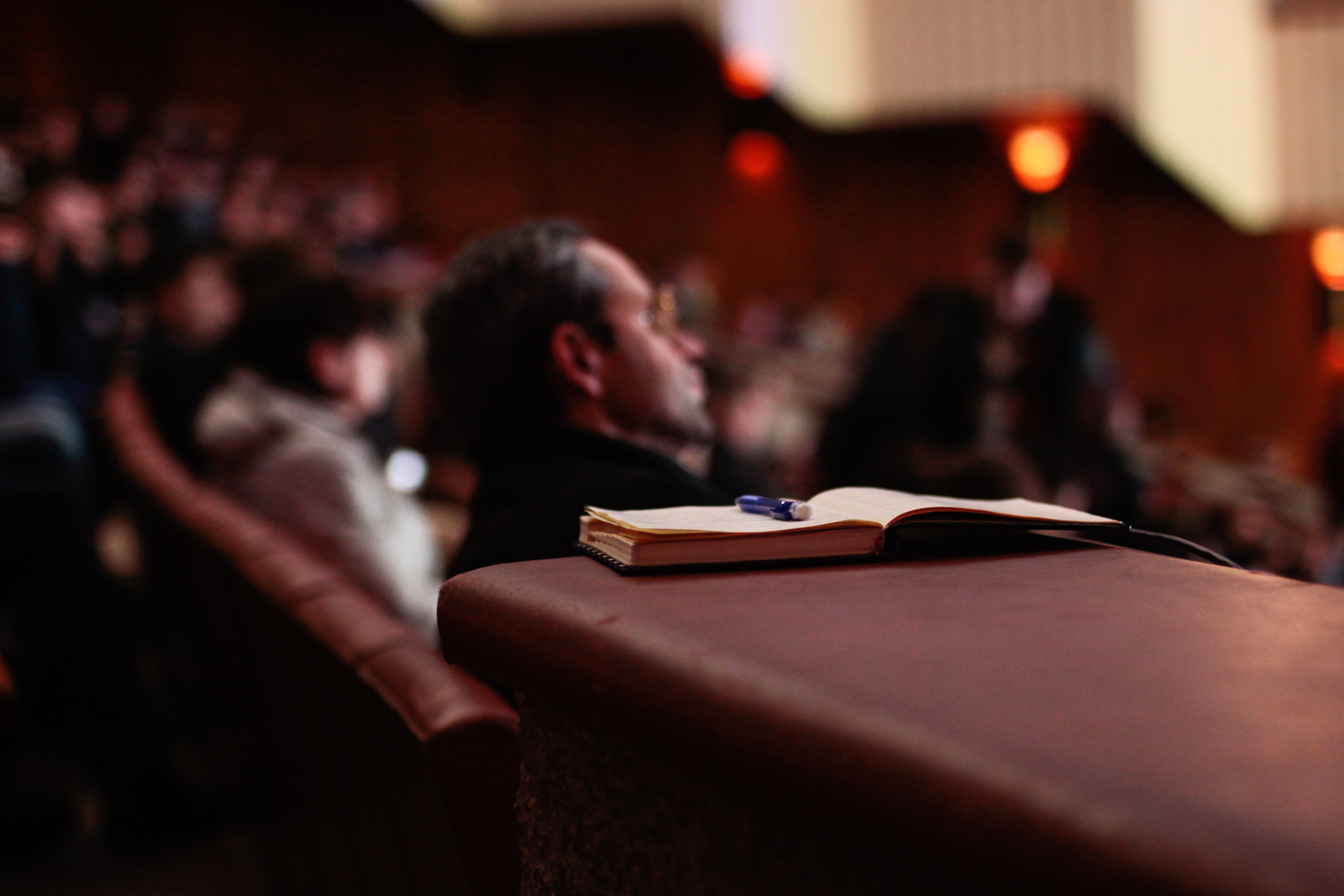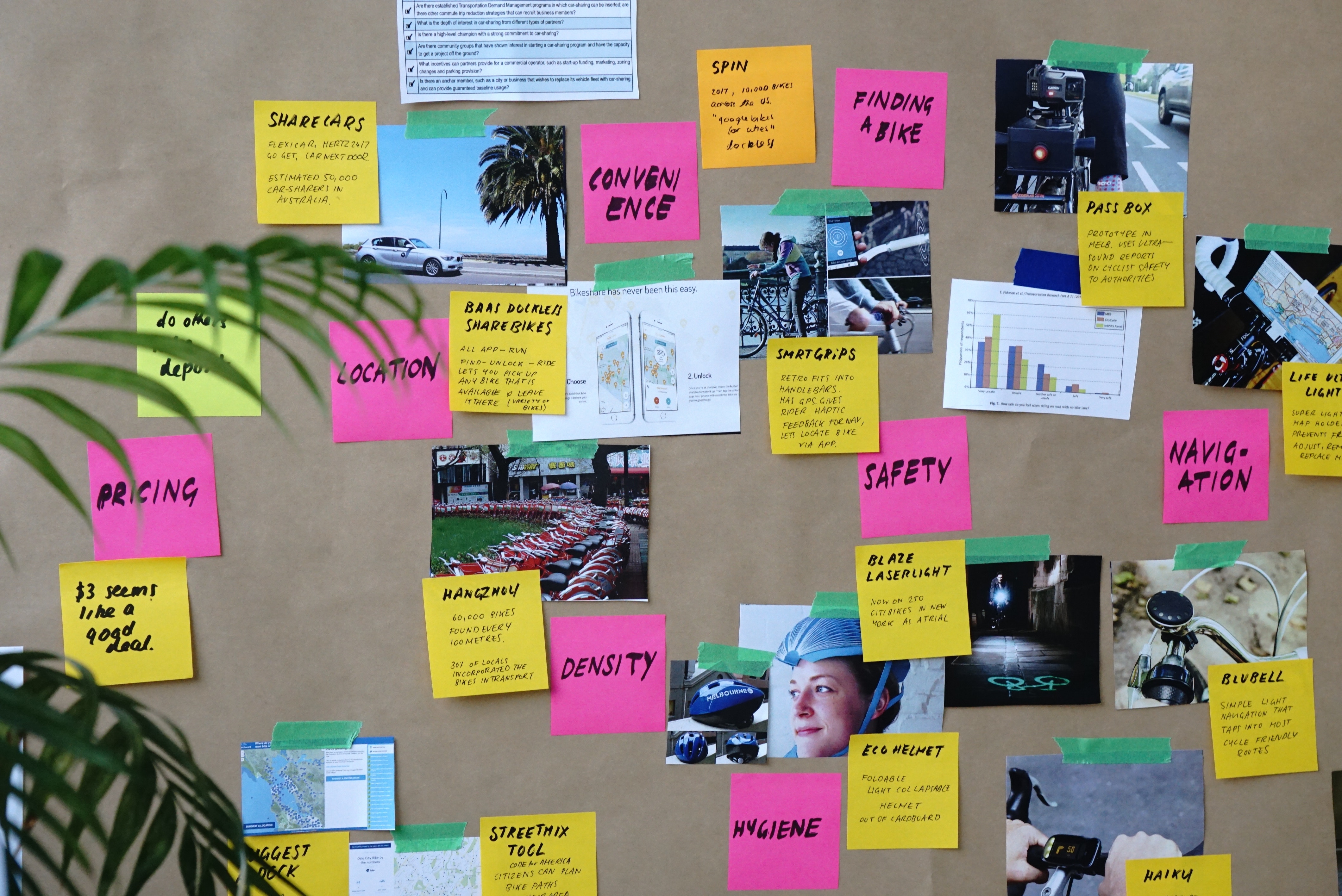Warning: Undefined property: stdClass::$pageInfo in /home/procaffi/largecoffeewfourcreams.procaffination.ca/wp-content/plugins/fluid-video-embeds/fluid-video-embeds.php on line 681
Warning: Attempt to read property "totalResults" on null in /home/procaffi/largecoffeewfourcreams.procaffination.ca/wp-content/plugins/fluid-video-embeds/fluid-video-embeds.php on line 681
Warning: Undefined property: stdClass::$pageInfo in /home/procaffi/largecoffeewfourcreams.procaffination.ca/wp-content/plugins/fluid-video-embeds/fluid-video-embeds.php on line 681
Warning: Attempt to read property "totalResults" on null in /home/procaffi/largecoffeewfourcreams.procaffination.ca/wp-content/plugins/fluid-video-embeds/fluid-video-embeds.php on line 681
This is a prototype for a unit on Academic Integrity I am creating for my students and in response to both the Technologist Module for Ontario Extend and Day 12 of Making Sense of Open Education.
Here is my plan.
- I want to adapt two excerpts from an OER textbook.
- Add original video of my own.
- Use CC licensed video and images from Unsplash.
- Link to additional resources
- Add self-test questions that I create.
Opening
Academic Integrity – The Honest Truth

It is vital that students focus on the active process of learning, not just on how to get good grades. The attitude of some students that grades are the end-all in academics has led many students to resort to academic dishonesty to try to get the best possible grades or handle the pressure of an academic program. Although you may be further tempted if you’ve heard people say, “Everybody does it,” or “It’s no big deal at my school,” you should be mindful of the consequences of cheating:
- You don’t learn as much. Cheating may get you the right answer on a particular exam question, but it won’t teach you how to apply knowledge in the world after school, nor will it give you a foundation of knowledge for learning more advanced material. When you cheat, you cheat yourself out of opportunities.
- You risk failing the course or even expulsion from school. Each institution has its own definitions of and penalties for academic dishonesty, but most include cheating, plagiarism, and fabrication or falsification. The exact details of what is allowed or not allowed vary somewhat among different colleges and even instructors, so you should be sure to check your school’s Web site and your instructor’s guidelines to see what rules apply. Ignorance of the rules is seldom considered a valid defense.
- Cheating causes stress. Fear of getting caught will cause you stress and anxiety; this will get in the way of performing well with the information you do know.
You’re throwing away your money and time. Getting a college education is a big investment of money and effort. You’re simply not getting your full value when you cheat, because you don’t learn as much. - You are trashing your integrity. Cheating once and getting away with it makes it easier to cheat again, and the more you cheat, the more comfortable you will feel with giving up your integrity in other areas of life—with perhaps even more serious consequences.
- Cheating lowers your self-esteem. If you cheat, you are telling yourself that you are simply not smart enough to handle learning. It also robs you of the feeling of satisfaction from genuine success.

Technology has made it easier to cheat. Your credit card and an Internet connection can procure a paper for you on just about any subject and length. You can copy and paste for free from various Web sites. Students have made creative use of texting and video on their cell phones to gain unauthorized access to material for exams. But be aware that technology has also created ways for instructors to easily detect these forms of academic dishonesty. Most colleges make these tools available to their instructors. Instructors are also modifying their testing approaches to reduce potential academic misconduct by using methods that are harder to cheat at (such as in-class essays that evaluate your thinking and oral presentations).
If you feel uneasy about doing something in your college work, trust your instincts. Confirm with the instructor that your intended form of research or use of material is acceptable. Cheating just doesn’t pay.
Excerpt adapted from College Success by University of Minnesota is licensed under a Creative Commons Attribution-NonCommercial-ShareAlike 4.0 International License, except where otherwise noted.
Video – this is a rough cut of my video. I plan to clean it up and add design elements, closed captioning and a transcript.
The Value of Academic Integrity
Video by Irene Stewart, January 10, 2018
Plagiarism—and How to Avoid It
Plagiarism is the unacknowledged use of material from a source. At the most obvious level, plagiarism involves using someone else’s words and ideas as if they were your own. There’s not much to say about copying another person’s work: it’s cheating, pure and simple. But plagiarism is not always so simple. Notice that our definition of plagiarism involves “words and ideas.” Let’s break that down a little further.

Words. Copying the words of another is clearly wrong. If you use another’s words, those words must be in quotation marks, and you must tell your reader where those words came from. But it is not enough to make a few surface changes in wording. You can’t just change some words and call the material yours; close, extended paraphrase is not acceptable.
Ideas. Ideas are also a form of intellectual property. You may this idea in a passage that summarizes the original, that is, it states the main idea in compressed form in language that does not come from the original. But it could still be seen as plagiarism if the source is not cited. This example probably makes you wonder if you can write anything without citing a source. To help you sort out what ideas need to be cited and what not, think about these principles:
Common knowledge. There is no need to cite common knowledge. Common knowledge does not mean knowledge everyone has. It means knowledge that everyone can easily access. If the information or idea can be found in multiple sources and the information or idea remains constant from source to source, it can be considered common knowledge. This is one reason so much research is usually done for college writing—the more sources you read, the more easily you can sort out what is common knowledge: if you see an uncited idea in multiple sources, then you can feel secure that idea is common knowledge.
Distinct contributions. One does need to cite ideas that are distinct contributions. A distinct contribution need not be a discovery from the work of one person. It need only be an insight that is not commonly expressed (not found in multiple sources) and not universally agreed upon.
Disputable figures. Always remember that numbers are only as good as the sources they come from. If you use numbers or any statistics always cite your source of those numbers. If your instructor does not know the source you used, you will not get much credit for the information you have collected.
Everything said previously about using sources applies to all forms of sources. Some students mistakenly believe that material from the Web, for example, need not be cited. Or that an idea from an instructor’s lecture is automatically common property. You must evaluate all sources in the same way and cite them as necessary.

Forms of Citation
You should generally check with your instructors about their preferred form of citation when you write papers for courses. No one standard is used in all academic papers. You can learn about the three major forms or styles used in most any college writing handbook and on many Web sites for college writers:
- The Modern Language Association (MLA) system of citation is widely used but is most commonly adopted in humanities courses, particularly literature courses.
- The American Psychological Association (APA) system of citation is most common in the social sciences.
- The Chicago Manual of Style is widely used but perhaps most commonly in history courses.
Many college departments have their own style guides, which may be based on one of the above. Your instructor should refer you to his or her preferred guide, but be sure to ask if you have not been given explicit direction.
Excerpt adapted from College Success by University of Minnesota is licensed under a Creative Commons Attribution-NonCommercial-ShareAlike 4.0 International License, except where otherwise noted.
Understanding and Avoiding Plagiarism: Type of Plagiarism
University of Guelph Library, 2014. This work is licensed under a Creative Commons Attribution-NonCommercial-ShareAlike 4.0 International License
Resources
To learn more, check out the Learning Portal. The Learning Portal shares resources from colleges across Ontario.
Academic Integrity – http://tlp-lpa.ca/research/academic-integrity
How to Cite – http://tlp-lpa.ca/research/citation
Unit would end with self-check or self-test questions to be developed.
This is my prototype of materials to remix into a new unit. I am considering combining these into one container although, I am not sure what technology would be best to put this together. I am also not sure if all these resources have creative commons licensing that can be combined. Finally, I am not sure that this would represent a complete picture of Academic Integrity or if I am missing content. If you would like to provide any feedback or suggestions, your ideas would be most welcome.


Hi Irene- you’ve done a great job curating and organizing these open resources, and have a valuable idea for a remix lesson/activity.
My wondering is if there is something of a story, plot, theme, that you could use to better weave these together.
I have to say comes across to me is the usual message that “cheating is wrong, bad, don’t do it.” . The points on your list at the end, to me, are the most important:
“You are trashing your integrity” and “Cheating lowers your self-esteem.”
If you can start with a scenario or story and maybe turn around some situations where integrity is important to people, because its really a desire to trust. We want our friends and family and loved ones to treat us with integrity. When we take our car in for service or see a health professional, what happens when we are on the short end of the integrity stick? How do we feel when we lose a game because someone else cheated?
Likewise, people have a much stronger appreciation on plagiarism when it is their work that is being lifted. Is there something you could do to put a learner in an empathy understanding situation?
How can people learn to see the other side of the integrity situation? How can they see that the pride, and self confidence you discuss, are more important than saving time on shortcutting to a grade?
I’d sure like to see the points of people investing in their own integrity, that there is value in earning trust from others, and the self-esteem points, maybe carried through the content.
You see, everyone knows cheating is wrong, yet they still do it!